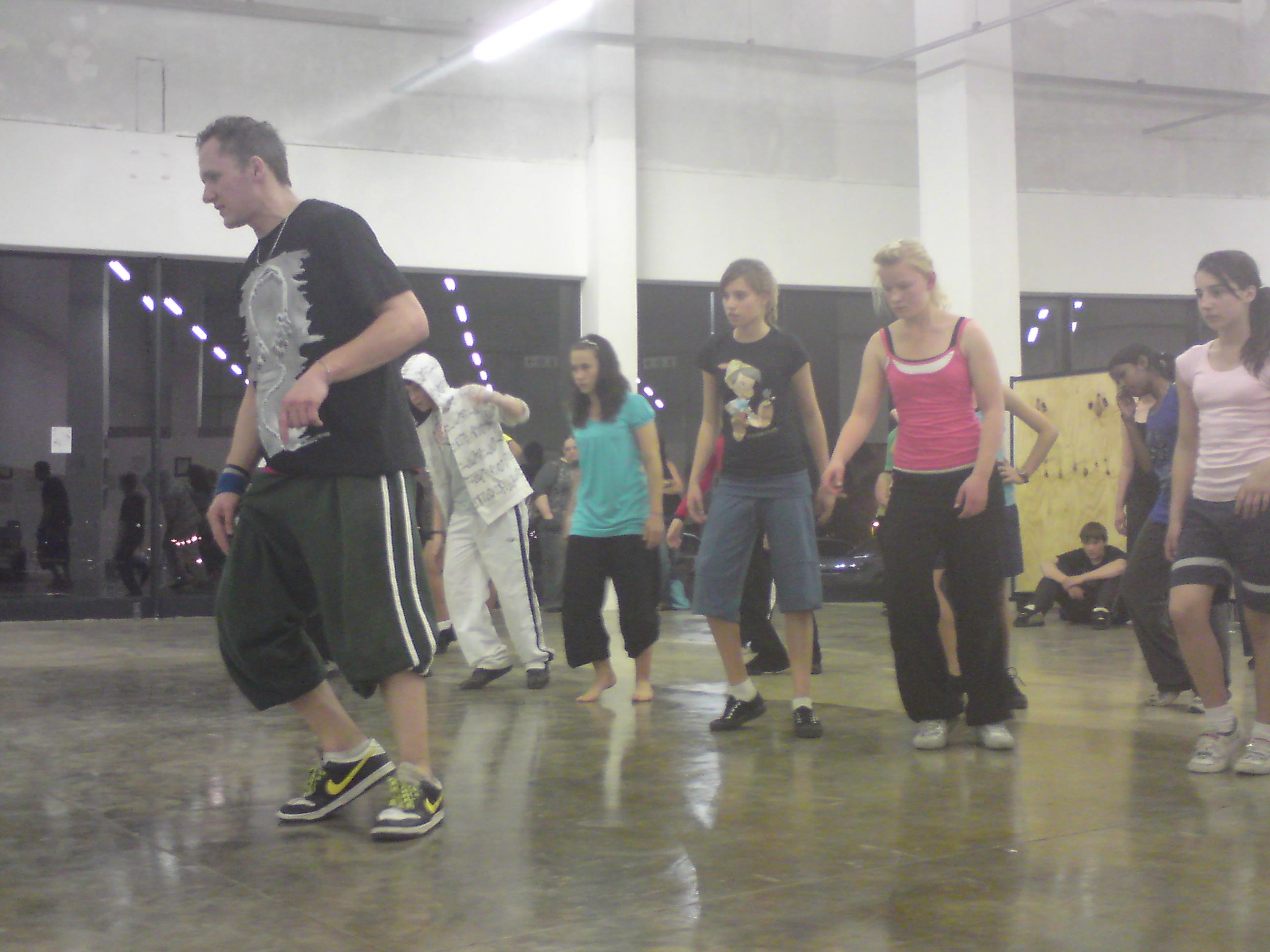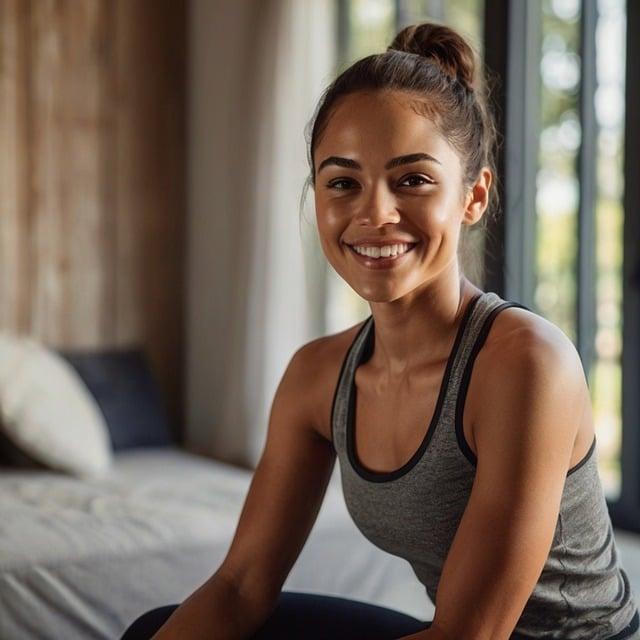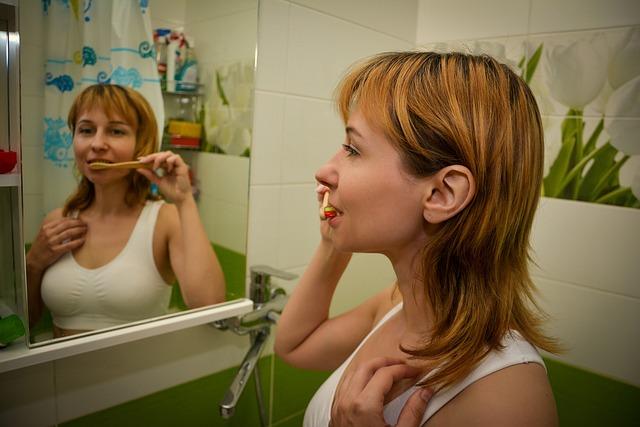Embarking on a beginners-looking-to-get-fit/” title=”Best full-body workout routines for beginners looking to get fit”>fitness journey can be a transformative experience, offering benefits that extend far beyond the physical. However, for many beginners, the prospect of starting a fitness routine from scratch can seem daunting. Where do you begin? How do you set realistic goals? What exercises are most effective for novices? This guide aims to demystify the process, providing you with a clear, step-by-step roadmap to kickstart your fitness journey with confidence and clarity. Whether your aim is to improve overall health, lose weight, or build muscle, this authoritative guide will equip you with the essential knowledge and tools to establish a sustainable and effective fitness routine. Get ready to take the first step towards a healthier, more active lifestyle.
Choosing the Right Workout Plan for Your Goals
When it comes to selecting a workout plan, the key is to align your fitness regimen with your personal goals. Whether you aim to build muscle, lose weight, or improve overall health, understanding your objectives will guide you towards the most effective routine. Consider the following factors:
- Identify Your Goals: Are you looking to gain strength, improve cardiovascular health, increase flexibility, or shed some pounds? Each goal requires a different approach.
- Assess Your Fitness Level: Be honest about your current fitness level. Beginners should start with basic, low-intensity workouts to build a foundation before progressing to more advanced exercises.
- Choose the Right Type of Exercise: For muscle building, focus on resistance training with weights or bodyweight exercises. For weight loss, incorporate a mix of cardio and strength training. For flexibility, prioritize stretching and yoga.
- Frequency and Duration: Determine how many days a week you can realistically commit to working out. A balanced plan might include 3-4 days of exercise, with each session lasting between 30-60 minutes.
- Enjoyment and Sustainability: Choose activities you enjoy. Whether it’s dancing, swimming, or hiking, enjoying your workout increases the likelihood of sticking with it long-term.
Remember, the best workout plan is one that you can maintain consistently while gradually increasing intensity as your fitness improves. Tailor your routine to fit your lifestyle and goals, and you’ll be on the path to achieving your fitness aspirations.

Essential Gear and Equipment for Beginners
Embarking on a new fitness journey can be both exciting and overwhelming, especially when it comes to selecting the right gear and equipment. Having the appropriate tools can make a significant difference in your performance and motivation. Here are some essentials to consider:
- Quality Footwear: A good pair of sneakers is non-negotiable. Whether you’re running, lifting weights, or doing high-intensity interval training (HIIT), proper footwear provides the necessary support and cushioning to prevent injuries.
- Comfortable Clothing: Invest in breathable, moisture-wicking workout clothes. These will keep you cool and dry, allowing you to focus on your routine rather than discomfort.
- Yoga Mat: A versatile piece of equipment, a yoga mat is useful for stretching, floor exercises, and yoga sessions. Look for a mat with adequate thickness to protect your joints.
- Resistance Bands: These are perfect for strength training and can be used to target various muscle groups. They’re lightweight, portable, and offer different resistance levels.
- Water Bottle: Staying hydrated is crucial during workouts. A reusable water bottle ensures you always have water on hand, reducing the need for single-use plastics.
Starting with these basics will set a solid foundation for your fitness routine, making it easier to stay committed and see progress. As you advance, you can gradually add more specialized equipment tailored to your specific fitness goals.

Creating a Balanced Schedule to Maximize Results
To truly maximize your results, it’s crucial to develop a balanced schedule that includes a variety of activities and adequate rest. Here are some essential components to consider:
- Cardio: Aim for at least 150 minutes of moderate-intensity cardio or 75 minutes of high-intensity cardio per week. This can include activities like running, cycling, or swimming.
- Strength Training: Incorporate strength training exercises at least two days a week. Focus on major muscle groups such as legs, back, chest, and arms. Exercises like squats, deadlifts, and bench presses are highly effective.
- Flexibility and Mobility: Dedicate time to stretching and mobility exercises. Activities like yoga or dynamic stretching can improve your flexibility and reduce the risk of injury.
- Rest and Recovery: Ensure you have at least one to two rest days per week. This is crucial for muscle recovery and overall well-being.
Using a weekly planner or a digital calendar can help you keep track of your workouts and ensure you are balancing different types of exercises. Make sure to listen to your body and adjust your schedule as needed to avoid burnout and injuries.

Monitoring Progress and Staying Motivated
Keeping track of your fitness journey is crucial for maintaining momentum and ensuring you’re on the right path. Start by setting clear, achievable goals. These could range from losing a certain amount of weight to being able to run a specific distance. Use tools like fitness apps or journals to log your workouts, meals, and progress. Regularly reviewing this data can help you adjust your routine as needed and celebrate your successes.
Staying motivated can be challenging, but there are several strategies to keep your spirits high:
- Join a community: Whether it’s an online forum or a local fitness group, being part of a community can provide support and accountability.
- Mix up your routine: Avoid monotony by incorporating different types of exercises. Try yoga, swimming, or even dance classes to keep things exciting.
- Reward yourself: Set milestones and treat yourself when you achieve them. This could be anything from a new workout outfit to a relaxing spa day.
Remember, progress isn’t always linear. There will be ups and downs, but staying committed and flexible will help you reach your fitness goals.





